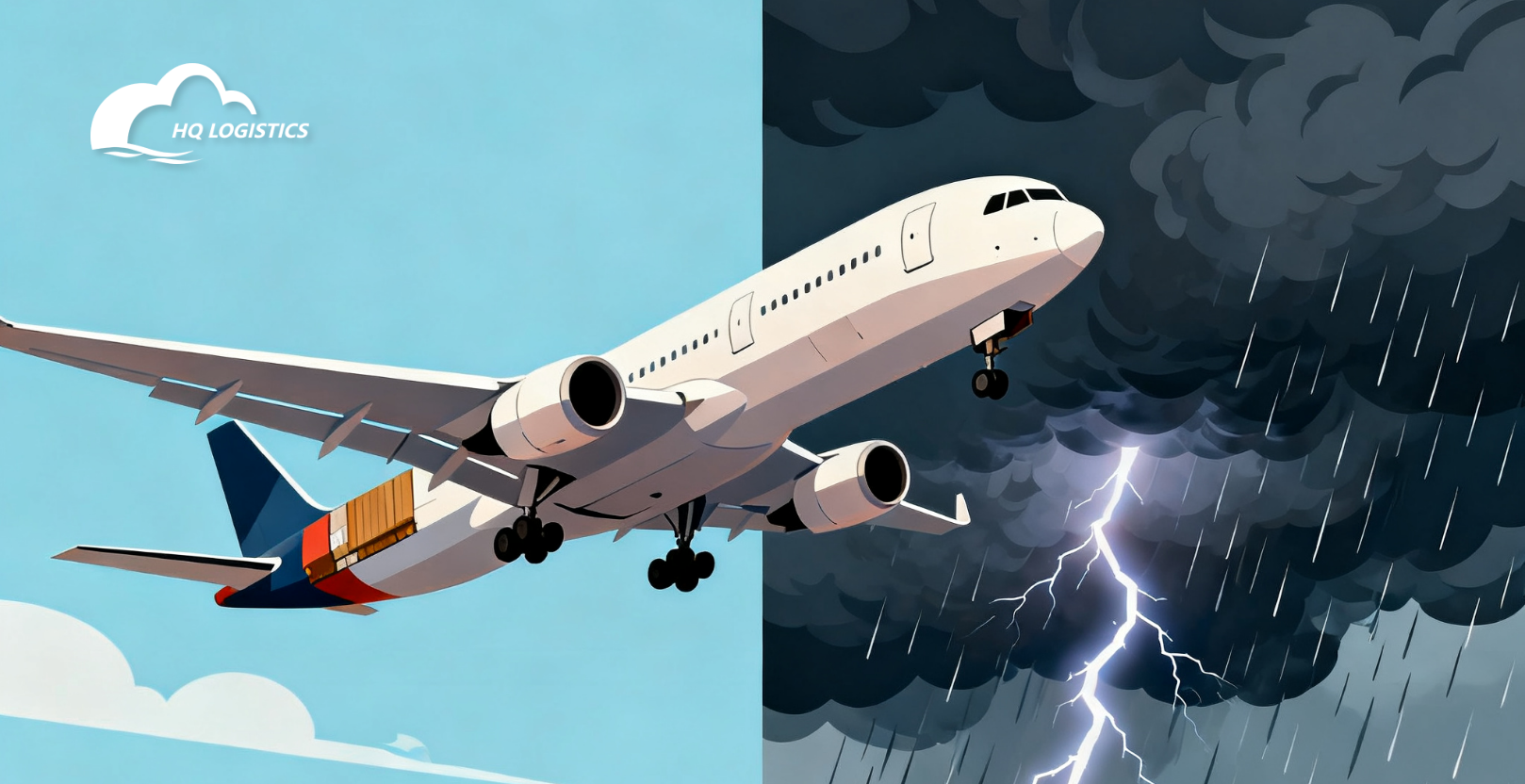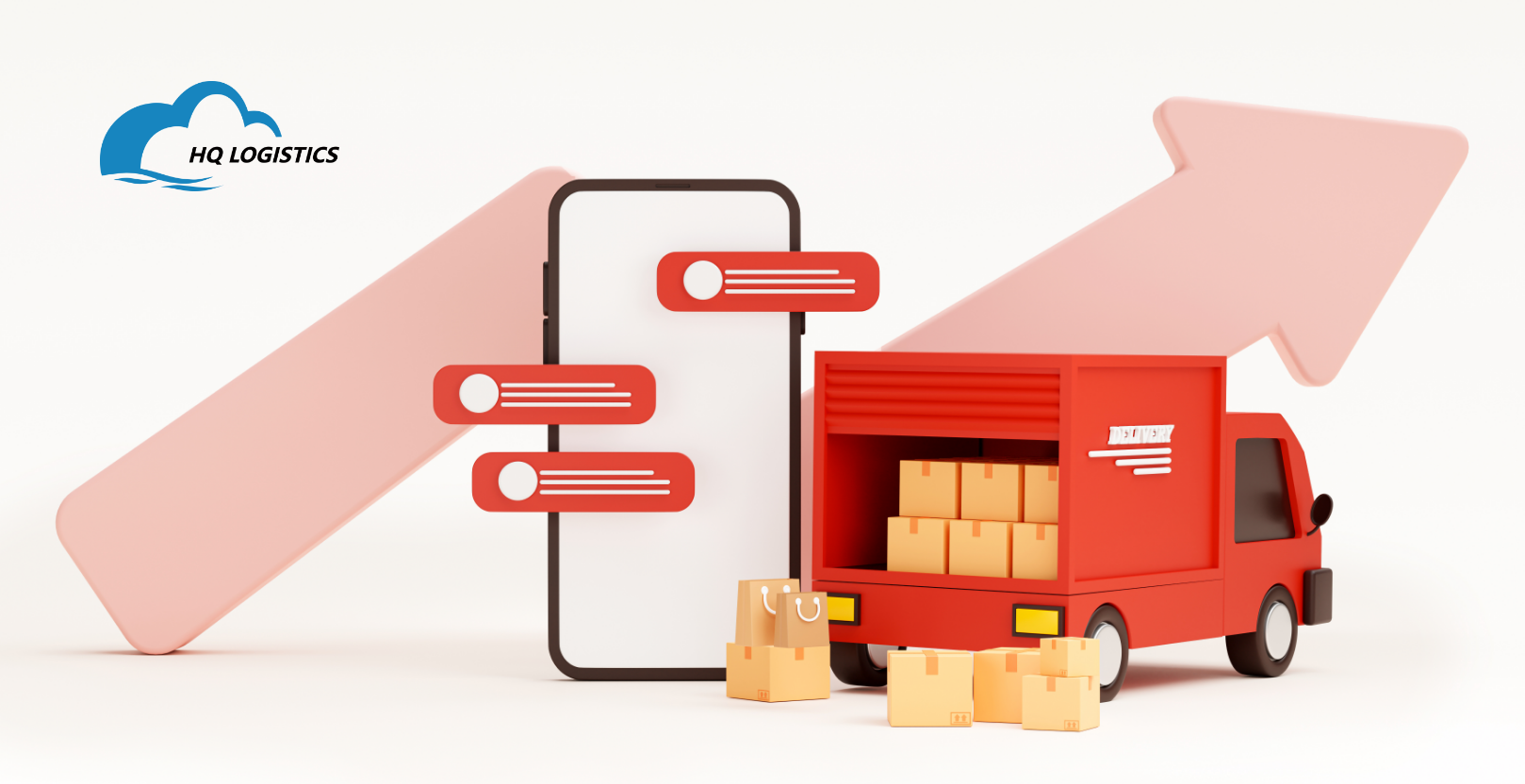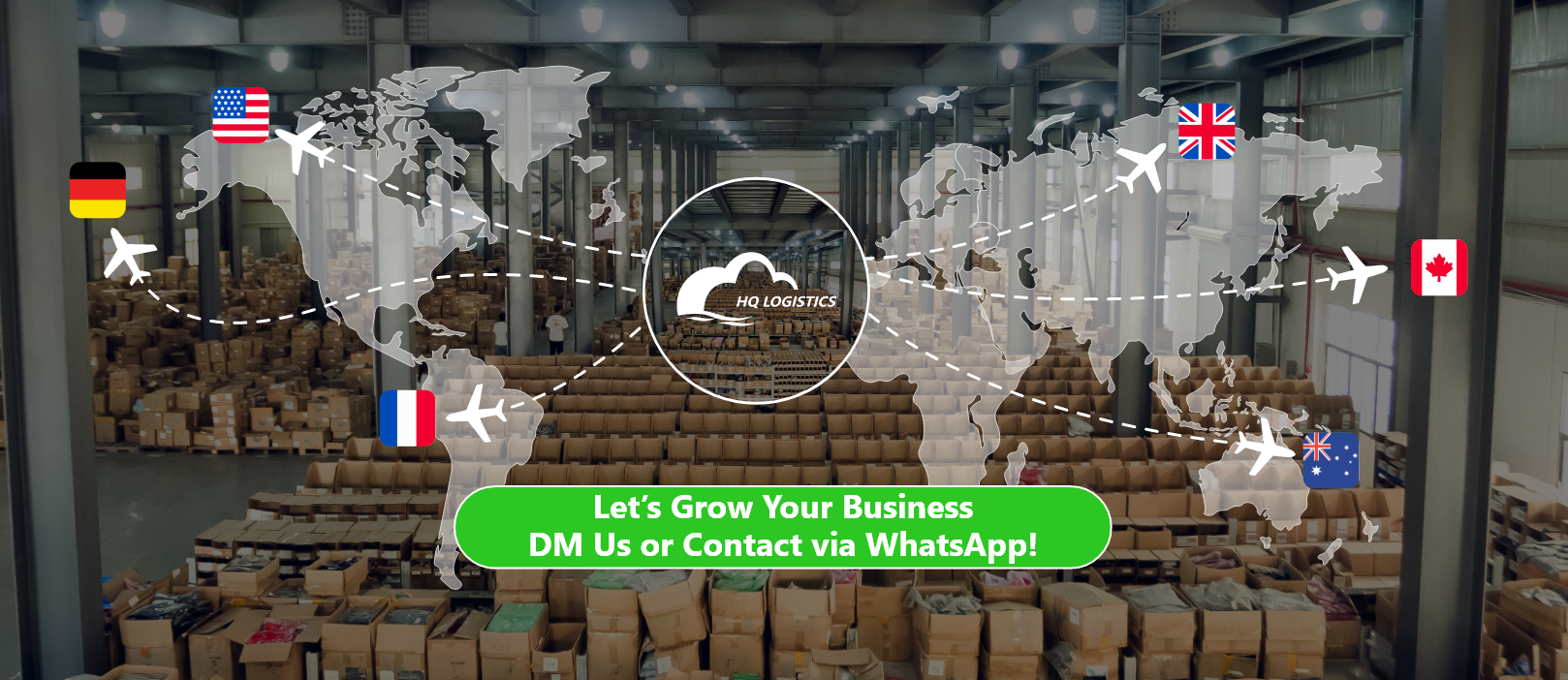

You're not alone — climate change is now a major factor behind logistics disruptions.
Climate patterns are shifting. Heatwaves, floods, storms, droughts — all becoming more frequent and intense.
For your ecommerce business, this means logistics systems you relied on can no longer be taken for granted.
Floods and storms damage ports, roads and rail lines.
Extreme heat warps rail tracks, reduces barge capacity in rivers.
Drought / low water levels slow down inland waterways that carry huge volumes.
These events cause delays, route changes, increased costs — all of which impact your global shipping and fulfillment operations.
If you think “my supplier ships and we're fine” — think again. The chain is longer and more fragile than you realise.
When suppliers face delays, your store faces:
Inventory shortages
Higher freight & premium shipping costs
Longer delivery times → unhappy customers →
For store owners using dropshipping or cross-border fulfillment, that means higher risk.
Here's what I recommend — actionable and store-friendly:
Diversify supply routes and partners: don't rely on one factory or port.
Use fulfillment partners with multi-warehouse / global network so you can reroute.
Monitor weather/route risks ahead of time — build seasonal buffers.
Communicate clearly with customers about shipping expectations when risks rise.
Select products with shipping flexibility: lighter, smaller items that can move by air or alternative routes.
I spoke with a UK home-decor brand owner.
In June, their usual inland barge route in Europe dropped to 50% capacity because of low river water levels. They faced a 5-day delay.
They switched to a warehouse network that had alternate route + air backup and avoided Q4 chaos.
That switch came directly from understanding climate risk.
Partnering with a reliable dropshipping/fulfillment agent reduces your risk dramatically. They should offer:
Global shipping with alternate routes built in
Real-time tracking & backup transport plans
Custom packaging / branding options so you can retain brand even during disruption
Transparent cost structure so you're not hit with premium freight without warning
Q1: Will extreme weather really affect my package from China to US/Europe?
Yes — even if your factory is unaffected, transport links (ports, rail, trucking) can get disrupted which delays your delivery.
Q2: Do I need to raise shipping cost because of climate risk?
Not necessarily — you may increase the buffer or lead time, or select faster shipping options ahead of peak risk instead of simply raising cost.
Q3: Are smaller products safe from this kind of disruption?
Relatively yes — lighter/smaller items are more flexible in routing. But they still rely on the same transport links.
Q4: How far ahead should I plan for climate-related logistics risk?
As soon as possible — especially for Q4 / Holiday peak. Build plans now for backups, inventory and route alternatives.
Q5: Can fulfillment partners help me reduce this risk?
Yes — a partner with global network, multi-warehouse and flexible routing makes a big difference.
Climate change isn't just an environmental topic — it's a logistics risk you need to factor in now.
For ecommerce & dropshipping store owners, resilience is a competitive advantage.
Choose fulfilment partners who understand the challenge, offer flexibility, backup plans and transparency.
Build your logistics to withstand climate disruptions — so you can deliver reliably, even when weather doesn't cooperate.




Don't wait until next year, grab the chance on 2025. Here are some recommended ecommerce topic you can choose.

Thanks to the support and trust from our customers. Flashback with our beloved partners.

 Fulfillment< @ >HQ Group
Fulfillment< @ >HQ Group